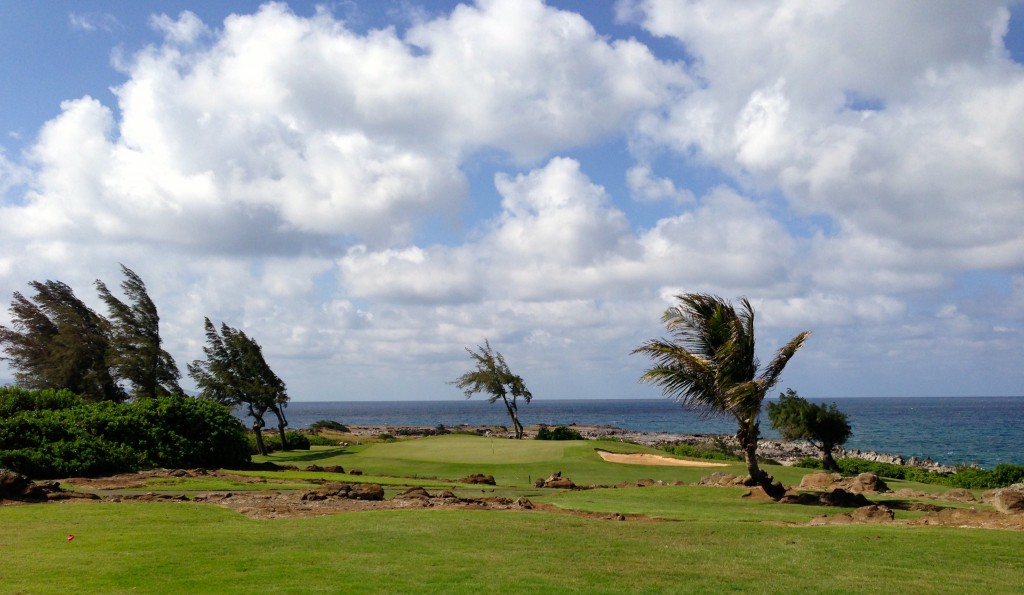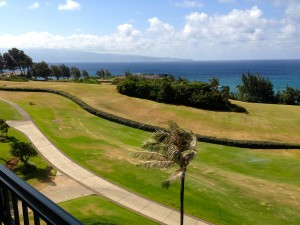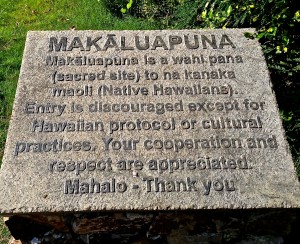
All around the world, the name Ritz-Carlton is synonymous with the finest hotels and resorts. But here on Maui, Ritz-Carlton has another meaning: According to Clifford Nae’ole, this beautiful property has been “ground zero for the renaissance in Hawaiian culture.”
Nae’ole is cultural advisor to The Ritz-Carlton Kapalua, here both to make sure the resort does things right and to represent it to different communities—guests, schools, groups, companies, etc.—interested in the traditions, history, and heritage that are part of what makes Hawaii special. Within the hotel, that means advising on art and décor, and the Ritz has a rich collection of paintings, sculpture, and native crafts on display. But it also means directing how this property interacts with nature, which is central to Hawaiian heritage.
This Ritz has had particular importance to cultural preservation, Nae’ole explains, from its earliest days. The original plans, from the early 1980s, were for a low-rise building close to the ocean. But excavation uncovered an ancient burial site dating back at least to 850AD. With this discovery, the resort’s footprint was dramatically altered so it is now a high-rise set back from the water with the burial site, protected by a low-running hedge, clearly marked and left undisturbed. “That set a benchmark for our culture and lead to laws and legislation,” he says. “From then on, [such projects] had to answer to the Hawaiian people.”

Behind the hedge is the protected ancient Hawaiian burial ground, as seen from my room in The RItz-Carlton Kapalua.
There are other important sites within the resort. Just behind the fourth green of the Bay Course is a rocky point that sticks into the ocean (shown at the top of the page). This, says Nae’ole, is a vortex, a place central to the traditional Hawaiian belief in life, death, rebirth, and reincarnation. “Before we are born and when we are dead, we are in a place called po. When we are born, our mana, or spirit, goes from po to ao, which is life. And when we die we go back to po. The vortex is the point from which our mana leaves life and returns to po.”
But dying and returning to po is not the end of the cycle. It’s followed by our reincarnation as part of nature, a plant or animal or something else. “This is how we communicate with our family and our ancestors, by being part of nature. For us, nature is like a parent, it is our provider. So when we are alive, we must take care of nature because it is the same as taking care of your family and your tradition.”
Furthermore, Nae’ole, who is a golfer, says that as a beautiful part of nature, a golf course provides opportunities for the return of our mana to this world. He notes that Kapalua’s Plantation Course, where the PGA Tour plays the season-opening Tournament of Champions every year, is Audubon Certified, further signifying the resort’s commitment to nature and, therefore, the culture.
And of course there is the ever-present ocean, which he describes as “our freeway. We call the ocean the amniotic fluid of our mother. We go to the ocean to heal. It is the great parent that takes care of us all.”

Talking to Nae’ole and entering his world is fascinating and a little bit mystical. Or for lack of a better word (of which I’m sure Hawaiian has one), zen. He is very pleased to be helping the Ritz-Carlton co-exist peacefully with nature. As he puts it, “This is a five-diamond hotel in a five-diamond culture, and they’ve given me the honor of representing them both.”
After chatting with Nae’ole, I took a walk to the site and stumbled upon a stone labyrinth set into the earth. He hadn’t mentioned this, so I called the hotel’s communications manager, Deanna Miller, and asked about it. She said, “I’ve heard Clifford say that not everyone who goes out to the site sees the labyrinth and that if you find it, you were meant to find it.” I hope that means I was meant to write about it.
